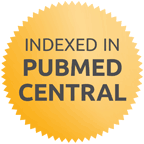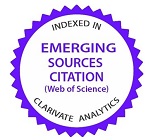Abstract
Oral appliances have gained their place in the treatment of obstructive sleep apnea (OSA) where custom-made titratable mandibular advancement devices (MAD) have become the oral appliance of choice. This study aimed to asses the value of the drug-induced sleep endoscopy (DISE) using a MAD in the prediction of treatment outcome for OSAHS
This is a prospective, single-center cohort study that enrolled sixty-six consecutive patients with diagnosed OSA (5 events/h < apnea-hypopnea index (AHI) < 50 events/h) to be treated with a custom-made titratable MAD. The patients were evaluated polysomnographically with the MAD in situ after the adaptation and titration period of 3 months. The associations between findings during DISE and treatment outcome were assessed.
The subjects showed a wide range of severity of OSAHS pre-treatment: median AHI was 43.10 with a range from 20.13 to 66.07. The simulation bite was associated with a significant increase in cross-sectional area at level of the velopharynx, tongue base and epiglottis. MAD treatment response in the studied population was 91%, with a mean AHI improving from 43.10 to 12.93.
Drug-induced sleep endoscopy with simulation bite is an acceptably reproducible technique for determining the sites of obstruction in OSAHS subjects; it thus offers possibilities as a prognostic indicator for treatment with MAD
Recommended Citation
De Luca, Pietro
(2020)
"Drug-induced Sleep Endoscopy (DISE) with Simulation Bite to Predict the Success of Oral Appliance Therapy in Treating Obstructive Sleep Apnea/Hypopnea Syndrome (OSAHS),"
Translational Medicine @ UniSa: Vol. 23
:
Iss.
4
, Article 12.
Available at:
https://doi.org/10.37825/2239-9747.1011
Creative Commons License

This work is licensed under a Creative Commons Attribution 4.0 License.




